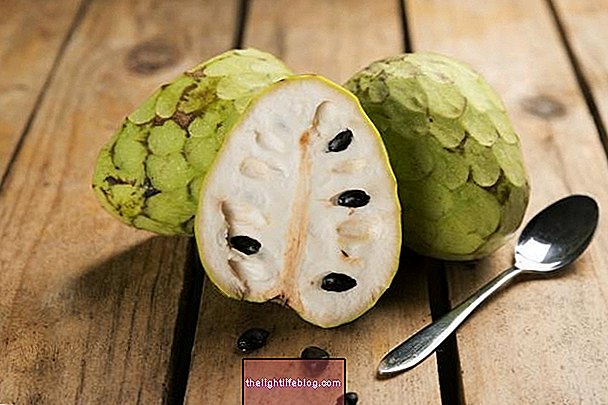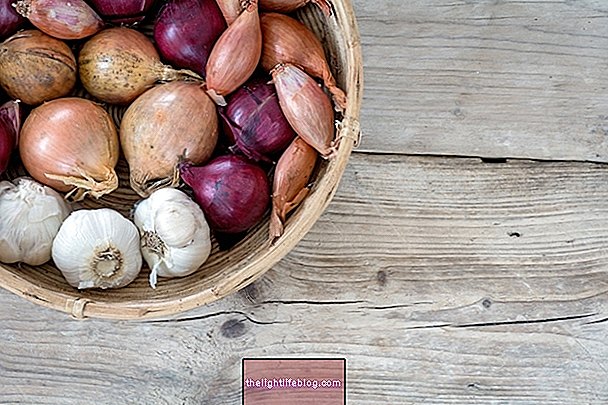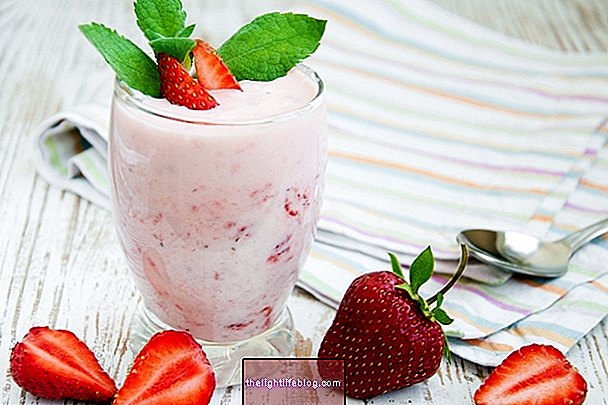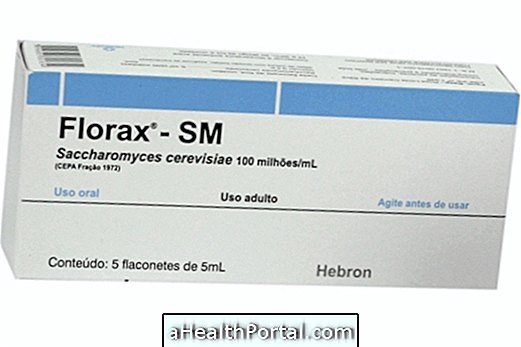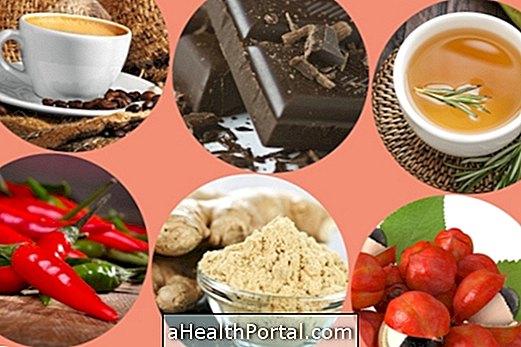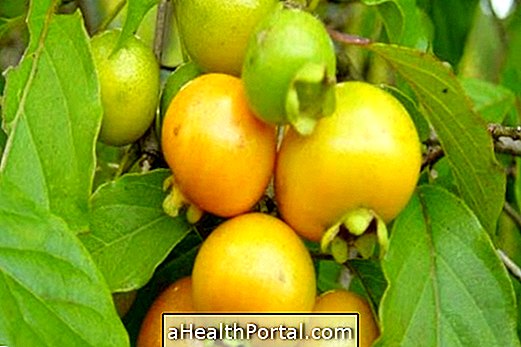Brown rice is a cereal rich in carbohydrates, fibers, vitamins and minerals, in addition to other substances that have antioxidant properties, such as polyphenols, oryzanol, phytosterols, tocotrienols and carotenoids, whose regular consumption contributes to the prevention of diseases such as diabetes and obesity .
The main difference between brown and white rice is that the husk and germ are removed from the latter, which is the part of the grain that is rich in fiber and that contains all the nutrients mentioned above, that is why white rice it is associated with an increased risk of developing chronic diseases.

The consumption of brown rice can bring several health benefits, the main ones being:
- It improves intestinal health, due to the presence of fibers that help to increase the size of the stool volume and facilitate the evacuation, being an excellent option for those suffering from constipation;
- It contributes to weight loss, because, despite containing carbohydrates, it also has fibers that, when consumed in moderate amounts, help to increase the feeling of satiety and decrease the consumption of food. In addition, brown rice has several bioactive compounds, namely gamma oryzanol, which is a promising compound against obesity;
- It helps to reduce cholesterol, because it is rich in antioxidants, which reduce and prevent the oxidation of fat, decreasing the risk of cardiovascular diseases;
- It contributes to the regulation of blood sugar, due to the presence of fiber, which gives brown rice a moderate glycemic index, so that blood glucose does not increase as much when consumed. In addition, some studies indicate that its antidiabetic properties may also be related to gamma oryzanol, which protects the cells of the pancreas responsible for the production of insulin, which is a hormone that helps regulate sugar;
- Helps prevent cancer, since it has bioactive compounds with antioxidant and anti-inflammatory properties, which protect cells from damage caused by free radicals;
- It has a neuroprotective effect, due to the presence of antioxidants, helping to prevent neurodegenerative diseases, such as Alzheimer's, for example.
In addition, brown rice is rich in proteins that, when combined with some legumes, such as beans, chickpeas or peas, create a good quality protein, which can be an excellent option for vegans, vegetarians or celiac disease. A scientific study reports that brown rice protein is comparable to that of soy protein and whey.
Nutritional information for brown rice
The table below compares the nutritional value of brown rice with that of white rice:
How to prepare brown rice
The ratio for cooking rice is 1: 3, that is, the amount of water must always be three times greater than that of rice. First, brown rice should be soaked, adding enough water to cover it, for about 20 minutes.
To prepare the rice, put 1 or 2 tablespoons of oil in a pan and, when it is hot, add 1 cup of brown rice and mix, to prevent it from sticking. Then add the 3 cups of water and a pinch of salt, cook over medium heat until the water boils and, when this occurs, the temperature should be reduced to low heat, then cover the pan, to cook for approximately 30 minutes or more until cooked.
When you start to see holes in the rice, turn off the heat and let it rest for a few more minutes with the lid open, allowing the rice to finish absorbing the water.
Check out the video below for a brown rice recipe with vegetables that can help you lose weight and regulate cholesterol:

Was this information helpful?
Yes No
Your opinion is important! Write here how we can improve our text:
Any questions? Click here to be answered.
Email in which you want to receive a reply:
Check the confirmation email we sent you.
Your name:
Reason for visit:
--- Choose your reason --- DiseaseLive betterHelp another personGain knowledge
Are you a health professional?
NoMedicalPharmaceuticalsNurseNutritionistBiomedicalPhysiotherapistBeauticianOther
Bibliography
- SALEH Ahmed; WANG Peng et al. Brown Rice Versus White Rice: Nutritional Quality, Potential Health Benefits, Development of Food Products, and Preservation Technologies. Comprehensive Reviews in Food Science and Food Safety. 00. 1-27, 2019
- PORTUGUESE FOOD INFORMATION PLATFORM. Food Composition: Cooked white rice. Available in: . Accessed on 08 May 2020
- STATE UNIVERSITY OF CAMPINAS - UNICAMP. Brazilian Food Composition Table. 2011. Available at:. Accessed on Oct 10, 2019
- BRITISH MEDICAL JOURNAL. White rice consumption and risk of type 2 diabetes: meta-analysis and systematic review. 2012. Available at:. Accessed on 08 May 2020
- BAHADORAN Zahra; DELSHAD Hossein et al. White Rice Consumption is a Risk Factor for Metabolic Syndrome in Tehrani Adults: A Prospective Approach in Tehran Lipid and Glucose Study . Archives of Iranian Medicine. 17. 6; 435-440, 2014
